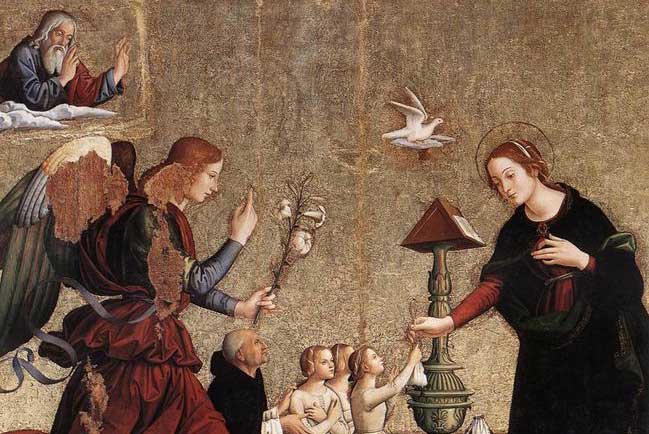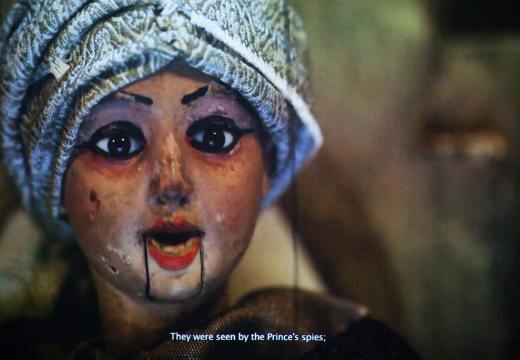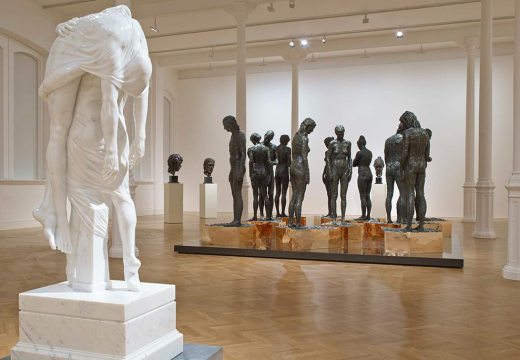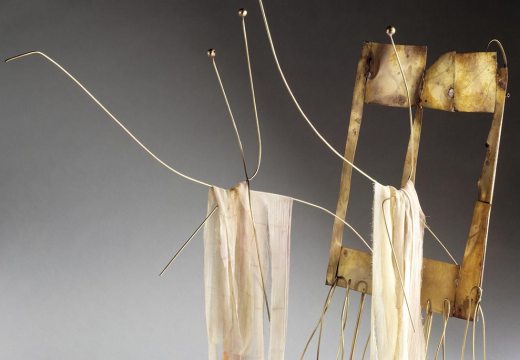Rome was a rather desolate place in the early Renaissance. Petrarch lamented in 1367 that ‘almost nothing was left of that old Rome but an outline or an image’. Plagued by disease, civic unrest and the absence of the papacy, the city’s population had plummeted. By 1400 the heady days of the empire were well and truly over.
Antoniazzo Romano (c. 1435–1508) is perhaps the only Roman artist of the period to have had a lasting impact. ‘Antoniazzo Romano: Pictor Urbis’ at Palazzo Barberini in Rome (until 2 February 2014) attempts to shed new light on this enigmatic artist’s career.
Patronage was paramount to Rome’s rehabilitation. After the Pope’s sojourn in Avignon, Pisa and Florence, the papacy permanently reestablished itself in the ‘Eternal City’ with the election of Pope Martin V in 1417. Successive administrations then set about stopping the rot on the banks of the Tiber, reasserting Rome’s spiritual and cultural supremacy.
The son of an artist, Antoniazzo grew up during this great upheaval. With the Pope back in town, art and architecture flourished. His early career is rooted in medieval Roman traditions. Works such as the Madonna and Child with Saints Francis and Anthony (1467) are proficient, if a little awkward. To Crowe and Cavalcaselle’s 19th-century eyes, Antoniazzo’s efforts were utterly inferior to the perceived developments in Tuscany. However, they are, arguably, Roman. The little we know of Antoniazzo’s life adheres to certain rebellious stereotypes. He was fined for brawling in the streets as a young man and he lived with several other local artists in what would now be considered an artist’s commune.
A jobbing craftsman, Antoniazzo served at the pleasure of the Vatican. Aside from the occasional high profile commission, such as decorating the Vatican Library alongside Melozzo da Forli and Domenico Ghirlandaio, this entailed an abundance of more mundane tasks, such as painting processional banners and designing heraldic devices.
However, this exhibition is more concerned with the inexact science of ‘influence’. Antoniazzo’s maturation is framed here in the context of his interactions with the central Italians who flooded Rome once the money returned. His Saint Jerome (c. 1485) and Deposition (c. 1497) reveal the impact of Perugino and Pinturicchio on his practice. Painted with a typically Umbrian delicacy, the gold ground has been replaced by blue skies and green landscapes.
Predictably, the Florentines also entered the equation. Antoniazzo’s standout masterpiece, an altarpiece painted for the church of Santa Maria del Popolo (1488–89), was painted in the new Tuscan pala style. The saints are serene yet solid, and Antoniazzo’s sparse composition and harmonious proportions rival anything produced by the likes of Benozzo Gozzoli or the Pollaiuolo brothers in Florence.
In the first decades of the 16th century Raphael, Michelangelo and Sebastiano del Piombo were busy defining the High Renaissance in Rome, leaving Antoniazzo in their wake. One of his last major works, the Annunciation (pictured above; 1500), marked the beginning of the artist’s decline. This unusual painting, archaic by the day’s standards, was more typical of painting in Rome before the central Italian invasion.
Antoniazzo’s established workshop and invaluable local knowledge had filled a vacuum during Rome’s early rejuvenation. But like his presumed mentor, Perugino, his dotage was not to prove artistically fruitful. Instead Rome had moved on. However, Antoniazzo’s eclecticism is perhaps what best defines Roman painting in the quattrocento. Fuelled by unprecedented levels of ecclesiastical patronage, waves of travelling artists mingled with ancient and local traditions, creating a cosmopolitan atmosphere where ideas were exchanged, rejected and transformed. Rome was on a course to eclipse all rivals, and although Antoniazzo was left behind, his mark remains on some of Rome’s most prestigious sites.
‘Antoniazzo Romano: Pictor Urbis’ is at the the Galleria Nazionale d’Arte Antica at the Palazzo Barberini until 2 February 2014.
Unlimited access from just $16 every 3 months
Subscribe to get unlimited and exclusive access to the top art stories, interviews and exhibition reviews.














![Masterpiece [Re]discovery 2022. Photo: Ben Fisher Photography, courtesy of Masterpiece London](http://www.apollo-magazine.com/wp-content/uploads/2022/07/MPL2022_4263.jpg)
It’s time for the government of London to return to its rightful home